
Tariq A. Al Maeena
Gulf News
Sat, 26 May 2012 19:03 EDT
The world is rampant with injustice. Injustice against the individual by another or large scale injustice committed against a people by a state. While the individual can often turn to state-run courts to seek amends, peoples and states have to rely on international venues for justice to be served. And that is what the International Criminal Court's (ICC) role was planned for. But sadly, the pursuit to punish the perpetrators of massive damage and harm to human life has been governed by duplicity and double standards.
The ICC has been very active in pursuit of Seif al-Islam, the second son of the deposed Libyan leader Muammar Gaddafi. Saif Al-Islam, who was disguised as a shepherd, was discovered and captured in the desert by Libyan freedom fighters following the fall of his father's regime.
The ICC had issued a warrant for Saif Al-Islam a year ago June after charges were levied against him and his cohorts of participating in the killing of protesters during the people's revolt that toppled the long-standing Gaddafi regime. There have also been several charges of financial corruption, and rape brought up against him.
The new Libyan government wants to try Saif and Abdullah al-Senussi, his brother-in-law and the former intelligence chief in Libya in their own country and by Libyan judges. They insist that 'there is no intention to hand him (Saif al-Islam) over to the ICC, and Libyan law is the right system to be used to try Saif Gaddafi.'
The ICC on the other hand rejects the Libyan stand, and ordered the Libyan government to 'comply with its obligations to enforce the warrant of arrest and surrender him to the ICC without delay.' They state that a UN Security Council resolution makes it obligatory for Libya to cooperate with the court, and threatened that the country's failure to hand him over 'could result in it being reported to the Council.'
For most of us going over such news with a quick once over, it would be easy to conjure thoughts of justice and determination on the part of the ICC. After all, on paper they seem to be aggressively in pursuit of someone accused of war crimes, and are taking it upon themselves by challenging the sovereignty of Libya to try this latest Arab architect of human sufferings.
But wait and consider for a moment. This (ICC) is the same organization who very recently had flatly rejected a bid by the Palestinian government to try the Israelis for their conduct during Operation Cast Lead which led to the murder of 1400 civilians including 300 children. Targeting civilians with F-16s and Apache helicopters, the Israelis had gone on a shooting spree. The three-week long campaign that the Israelis began towards the end of 2008 aimed primarily at civilian enclaves in Gaza was to 'break the back of resistance' as was boasted by generals if the Israeli Defense Forces (IDF).
Following the conflict, a UN sponsored tribunal charged the IDF with complicity in war crimes. The Palestinians wanted justice and went to the ICC for that very purpose. But guess what? The ICC rejected the request under the ridiculous excuse that while 130 countries and some U.N. bodies recognize Palestine as a state, it still holds an observer status in the U.N., and so the ICC 'cannot at this time investigate allegations of war crimes committed on Palestinian territory,' according to Moreno-Ocampo the ICC prosecutor.
By claiming that 'the court's reach was not based on a principle of universal jurisdiction and it could open investigations only if asked to do so by either the UN Security Council or by a recognized state,' the ICC brought the Palestinian Authority's bid for war crimes tribunal to investigate an Israeli military offensive in the Gaza Strip among other incidents of war crimes to a full stop.
There have been immediate reactions that accused the ICC of political bias. Amnesty International's International Justice campaign group charged that 'For the past three years, the prosecutor has been considering the question of whether the Palestinian Authority is a state that comes under the jurisdiction of the ICC and whether the ICC can investigate crimes committed during the 2008-9 conflict in Gaza and southern Israel. Now, despite Amnesty International's calls and a very clear requirement in the ICC's statute that the judges should decide on such matters, the Prosecutor has erroneously dodged the question, passing it to other political bodies. This dangerous decision opens the ICC to accusations of political bias and is inconsistent with the independence of the ICC.'
And yet Moreno-Ocampo and his prosecution office at the ICC chooses to ignore the human toll and suffering of the Gaza conflict of over three and a half years ago, and instead focuses on the single-handed objective of bringing another Arab dictator to justice.
By their hypocrisy and evasion in not confronting the Israelis with their mammoth list of war crimes and prosecuting them to the full extent of the law, the ICC has lost its relevance on the international stage to mete true justice.
http://www.sott.net/articles/show/245949-Hypocrisy-of-the-International-Criminal-Court

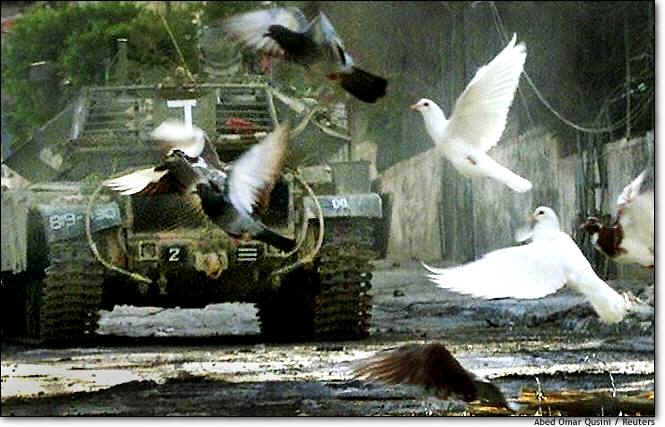








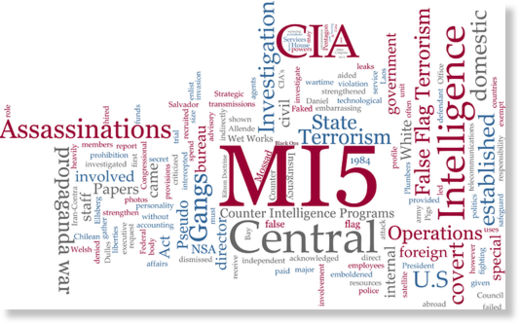
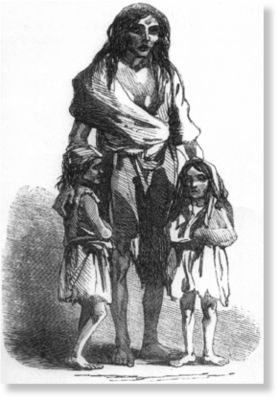
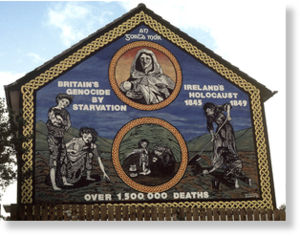
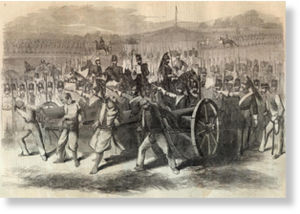
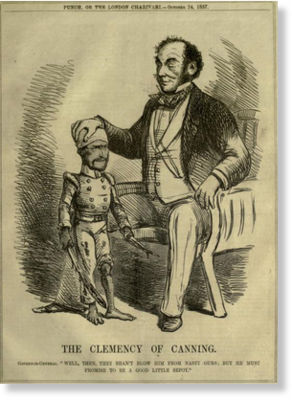
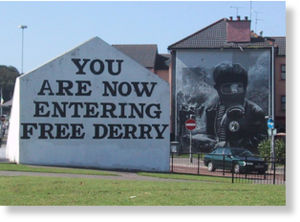
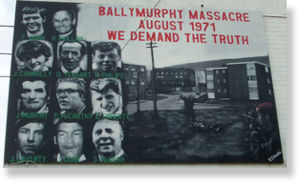
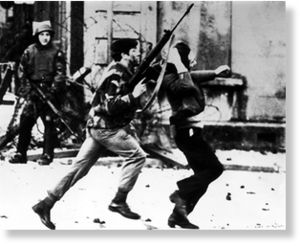
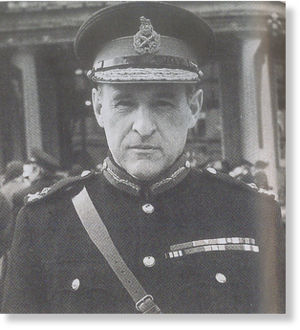
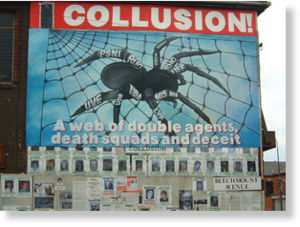
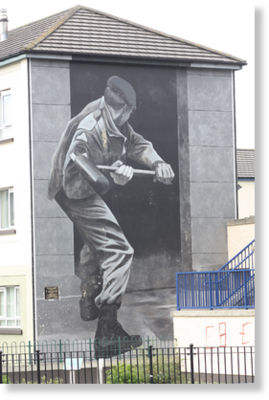
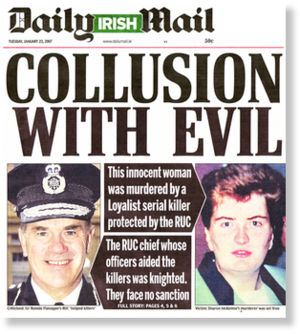
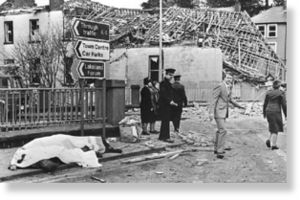
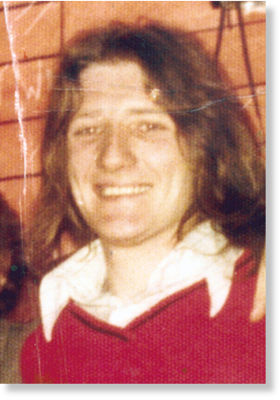
Comment: Soy has been described as a health and environmental nightmare:
The War on Soy: Why the 'Miracle Food' May Be a Health Risk and Environmental Nightmare
Feedlot Meat Has Spurred a Soy Boom That Has a Devastating Environmental and Human Cost
Genetically Modified Soy: The Invisible Ingredient 'Poisoning' Children